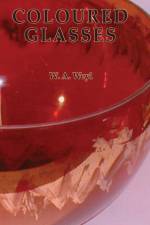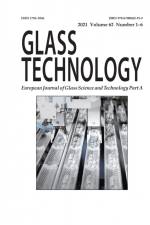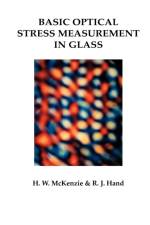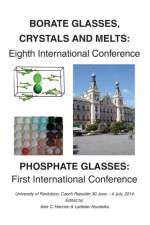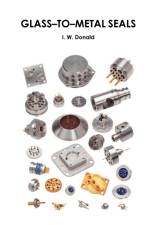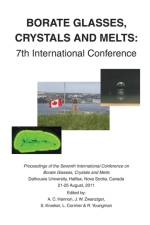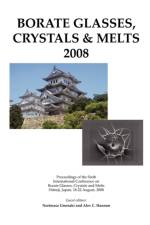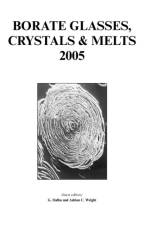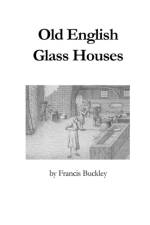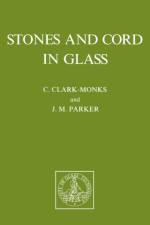av Adrian C Wright
501
In May 1925, the Society of Glass Technology hosted a Symposium on the Constitution of Glass. This seems to have been the very first meeting, with an international participation, dedicated specifically to the constitution of glass, and is of exceptional interest because it provides a unique summary of the concepts relating to the constitution and structure of glass that were current during the mid 1920s. All but one of the Symposium papers were published in the Journal of the Society of Glass Technology and, in 1927, they were collected together, with the General Discussion and two further papers, in a volume entitled The Constitution of Glass, edited by W.E.S. Turner, which has long been out of print. Given the historical importance of the Symposium, it was decided to publish an updated version of the 1927 volume, to which has been added an historical introduction and a short commentary on each of the Symposium papers, to place it in context. The opportunity has also been taken to include two further papers published in 1930, thus extending the history of glass constitution/structure research up to a point just prior to Zachariasen's famous 1932 paper, entitled The Atomic Arrangement in Glass [W.H. Zachariasen, J. Amer. Chem. Soc. 54 (1932), 3841.]. In addition, a hitherto unpublished English translation of the paper The Polymorphism and Annealing of Glass by A.A. Lebedev [Trudy Gos. Opt. Inst. No. 10, 2 (1921).] is included in an Appendix, in lieu of his missing Symposium paper, and is based on an American version by the National Translations Center.


